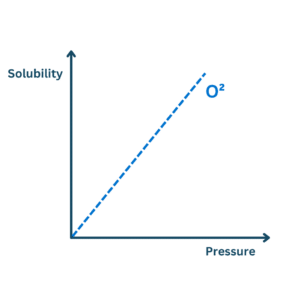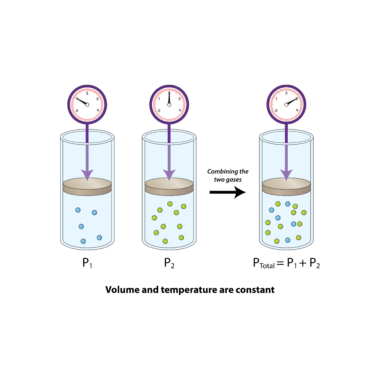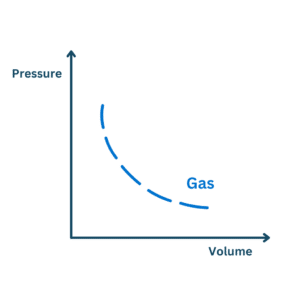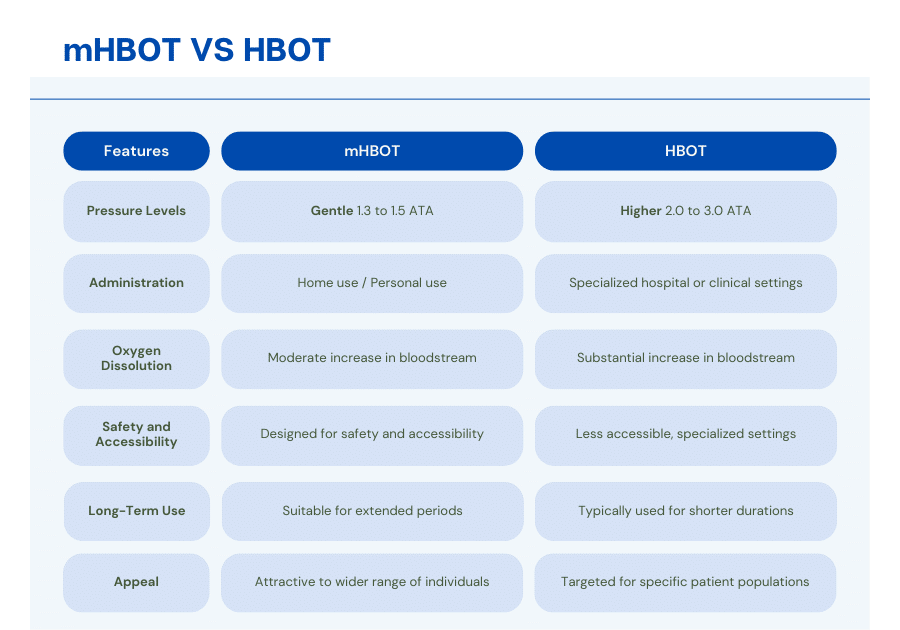Unleash Healing Power with Hyperbaric Therapy (HBOT)
Every breath a new beginning, every session a victory over limits.
Embrace the Science, Embrace the Healing.
What is HBOT?
Hyperbaric Oxygen Therapy (HBOT) is a treatment approach where a person breathes in pure oxygen in a room or a tube that has been pressurized at levels higher than atmospheric pressure.
The key concept behind this procedure is the relationship between pressure and gas solubility in a liquid. According to principles in physics, increasing the pressure can lead to more gas dissolving into a liquid. So, when the atmospheric pressure around a person is increased, more oxygen can be dissolved into the blood.
How does hbot work
The Science behind HBOT
In the body, oxygen is transported by red blood cells. With HBOT, oxygen can also be dissolved into all of the body’s fluids, the plasma, the central nervous system fluids, the lymph, and the bone and can be carried to areas where circulation is diminished or blocked. This extra oxygen can enhance the healing process and improve infection control in many conditions where tissue was initially oxygen-starved.
The physical principles behind Hyperbaric Oxygen Therapy (HBOT) rely on two fundamental gas laws:

Henry's Law
This law states that the amount of gas that can be dissolved in a liquid is directly proportional to the partial pressure of that gas.
In the case of HBOT, when a patient breathes in 100% oxygen at increased atmospheric pressure, the amount of oxygen that can be dissolved in the blood plasma increases. Normally, oxygen is primarily transported in the blood by binding to hemoglobin in red blood cells, but the additional oxygen from HBOT is dissolved directly into the plasma, effectively increasing the total amount of oxygen available to body tissues.

Dalton's Law
This law states that the total pressure exerted by a mixture of gases is equal to the sum of the pressures that each gas would exert if it were alone.
In the context of a hyperbaric chamber, this law is important for understanding the effect of breathing gases under pressure. When a patient inhales a gas mixture in a hyperbaric chamber, each constituent gas in the mixture contributes to the total partial pressure based on its proportion. For instance, if the patient is breathing a gas mixture containing 80% nitrogen and 20% oxygen at 2 atmospheres absolute (ATA), the partial pressure of oxygen (PPO2) is 0.2 * 2 = 0.4 ATA, and the partial pressure of nitrogen (PPN2) is 0.8 * 2 = 1.6 ATA.

Boyle's Law
This law explains how the volume of a gas is inversely proportional to the pressure exerted on it.
While less directly related to the oxygenation aspect of HBOT, Boyle’s Law is significant in understanding potential side effects and risks of the therapy. As pressure increases, gas volume decreases, and vice versa. This is why patients can experience ear discomfort due to pressure changes (the same experience as ascending or descending in an airplane). It’s also why it’s crucial to properly depressurize after a session; a rapid decrease in pressure could lead to a potentially dangerous condition known as decompression sickness, similar to what scuba divers might experience if they surface too quickly.
By leveraging these principles, HBOT is able to increase the amount of oxygen delivered to tissues, aiding in the healing process and potentially improving outcomes for certain conditions.
Limitless Potential
What is HBOT Recommended for?
HBOT has a wide range of applications in different fields, thanks to its ability to increase the amount of oxygen that can be carried by blood to body tissues.

Sport Recovery
Athletes and enthusiast often put their bodies under significant strain during training and competitions. This can lead to injuries and tissue damage that need time to heal. By increasing the amount of oxygen delivered to these tissues, HBOT can potentially help speed up the healing process, reduce inflammation, and alleviate muscle fatigue. This can help them recover more quickly and get back to their training regimen.

Beauty and Anti-Aging
HBOT is sometimes used in the beauty and anti-aging industry due to its potential to promote skin health. Increased oxygen delivery can stimulate the production of collagen, a protein that helps keep skin firm and youthful. It might also enhance wound healing, which can be beneficial after certain cosmetic procedures.

Wellness
HBOT is used for general wellness and preventive health care as well. The idea is that by enhancing oxygen delivery to tissues, you might boost overall bodily function, improve energy levels, enhance cognitive function, and potentially improve the immune system’s ability to fight off diseases.
*It’s important to note that while HBOT has many potential applications, its effectiveness can vary, and more research is needed in some areas. Always consult with a healthcare professional before beginning HBOT or any new treatment.
Unveiling The History
A Journey into Hyperbaric Therapy's Past
With a history that dates back several centuries, Hyperbaric Oxygen Therapy (HBOT) has proven its value time and again. From its early days of treating a variety of conditions, to its modern applications in sports recovery, anti-aging, brain care, and general wellness, HBOT has stood the test of time.
Previous
Next
- 1660s: British clergyman and physician Henshaw used a system of organ bellows and valves to create a chamber, known as a “domicilium,” to manipulate atmospheric pressure for therapeutic purposes.
- 1830s: French physician Junod built a pressurizable room, known as the “Junod’s chamber,” that he used to treat a variety of diseases.
- 1870s: French researcher Paul Bert, often called the “Father of Hyperbaric Medicine,” discovered the toxic effects of oxygen under pressure and described decompression sickness.
- 1890s: Scottish physician J.L. Corning used hyperbaric therapy to administer anesthesia for brain surgery.
- 1900s: U.S. Navy officer Albert Behnke started to explore the uses of hyperbaric therapy for decompression sickness in divers.
- 1920s: Orval Cunningham, a professor at the University of Kansas, developed the first large-scale hyperbaric chamber. He used it to treat a variety of conditions, most notably the Spanish flu.
- 1930s: Behnke and his colleague, Yarbrough, developed the U.S. Navy’s first decompression tables.
- 1960s: The benefits of HBOT for carbon monoxide poisoning were recognized, and the therapy began to be used more widely.
- 2000s: Research expanded into the use of HBOT for chronic conditions and neurological disorders, and it started to be used in fields like sports medicine and wellness.
Discover the potential of HBOT to enhance recovery, boost cognitive function, and promote overall health. Don’t miss out on this time-tested therapy. Contact us today and experience the power of increased oxygen delivery with our state-of-the-art hyperbaric chamber. It’s time to invest in your well-being.
Exploring
Mild Hyperbaric Oxygen Therapy (mHBOT)
Mild Hyperbaric Oxygen Therapy, commonly known as mHBOT, is a fascinating yet often misunderstood therapeutic approach. Using a unique method of administering 100% oxygen at relatively low pressures of 1.3 to 1.4 atmospheric absolute (ATA), mHBOT opens the door to a multitude of potential health benefits.
Now that you’re more familiar with the potential benefits of Mild Hyperbaric Oxygen Therapy, isn’t it time to consider how mHBOT could contribute to your wellness journey?
At OxygenArk, we specialize in providing top-quality, safe, and convenient mHBOT solutions designed to meet your unique needs.
We invite you to explore our innovative range of products and learn more about how OxygenArk can support your health and wellness goals. Dive into a world where oxygen powers your potential!

